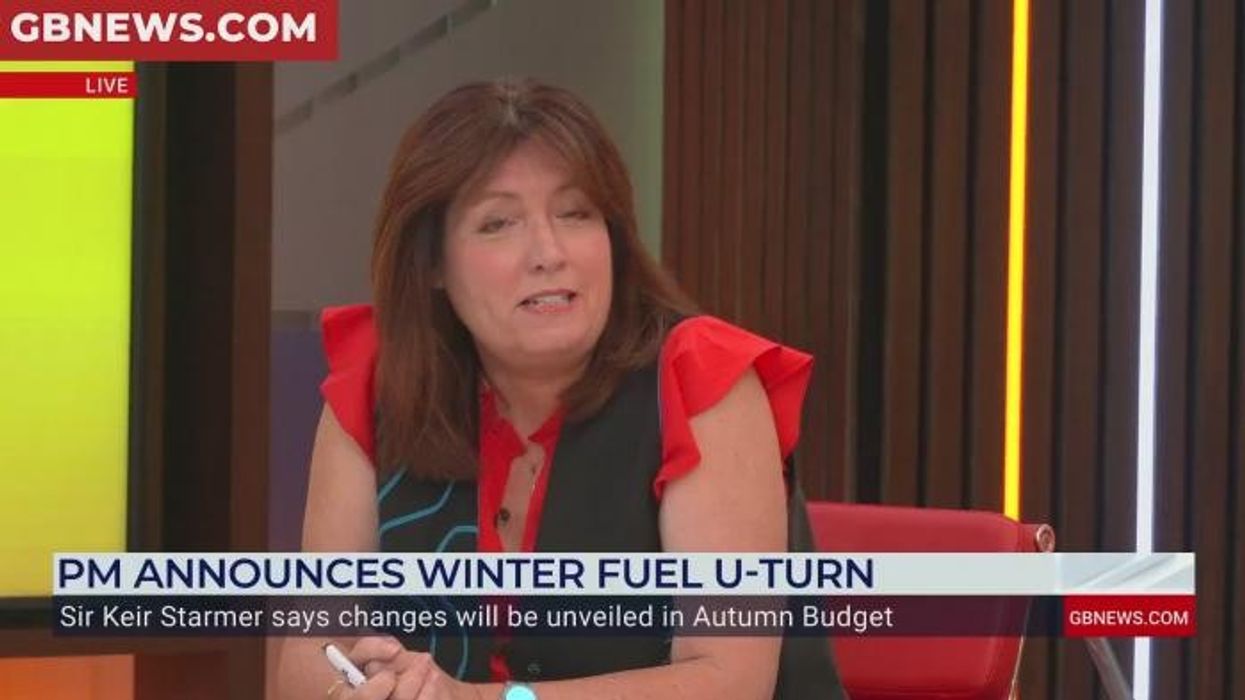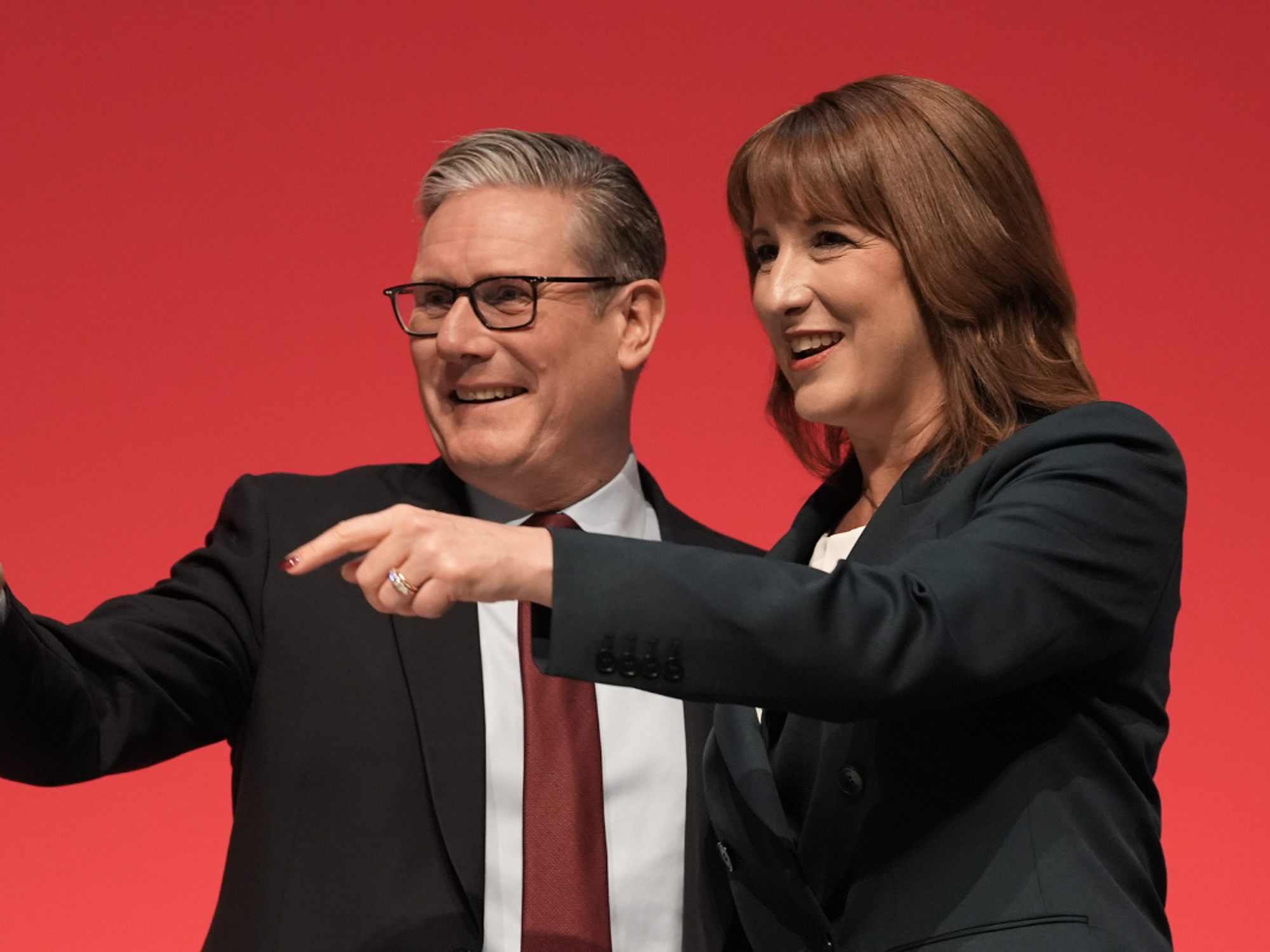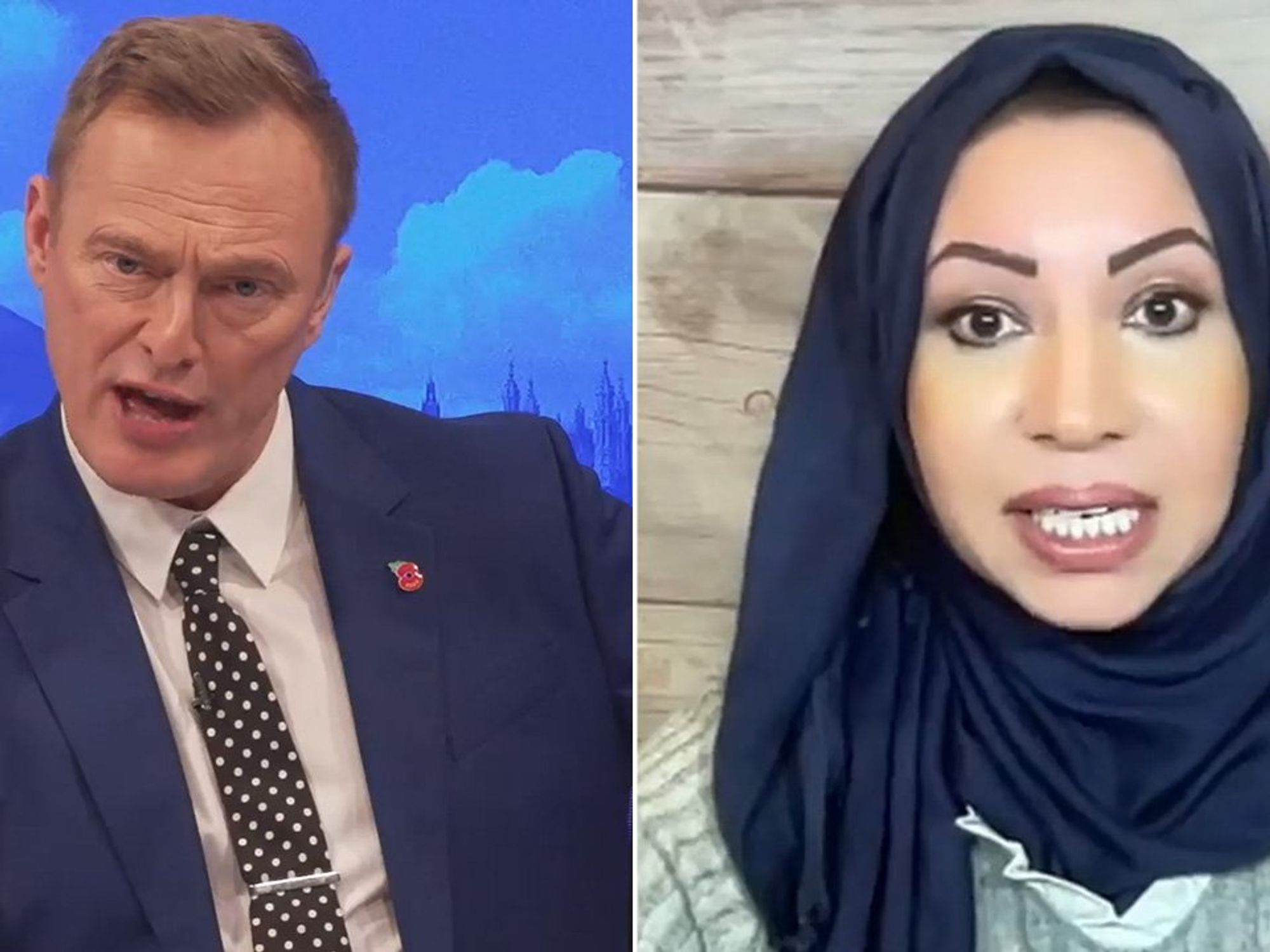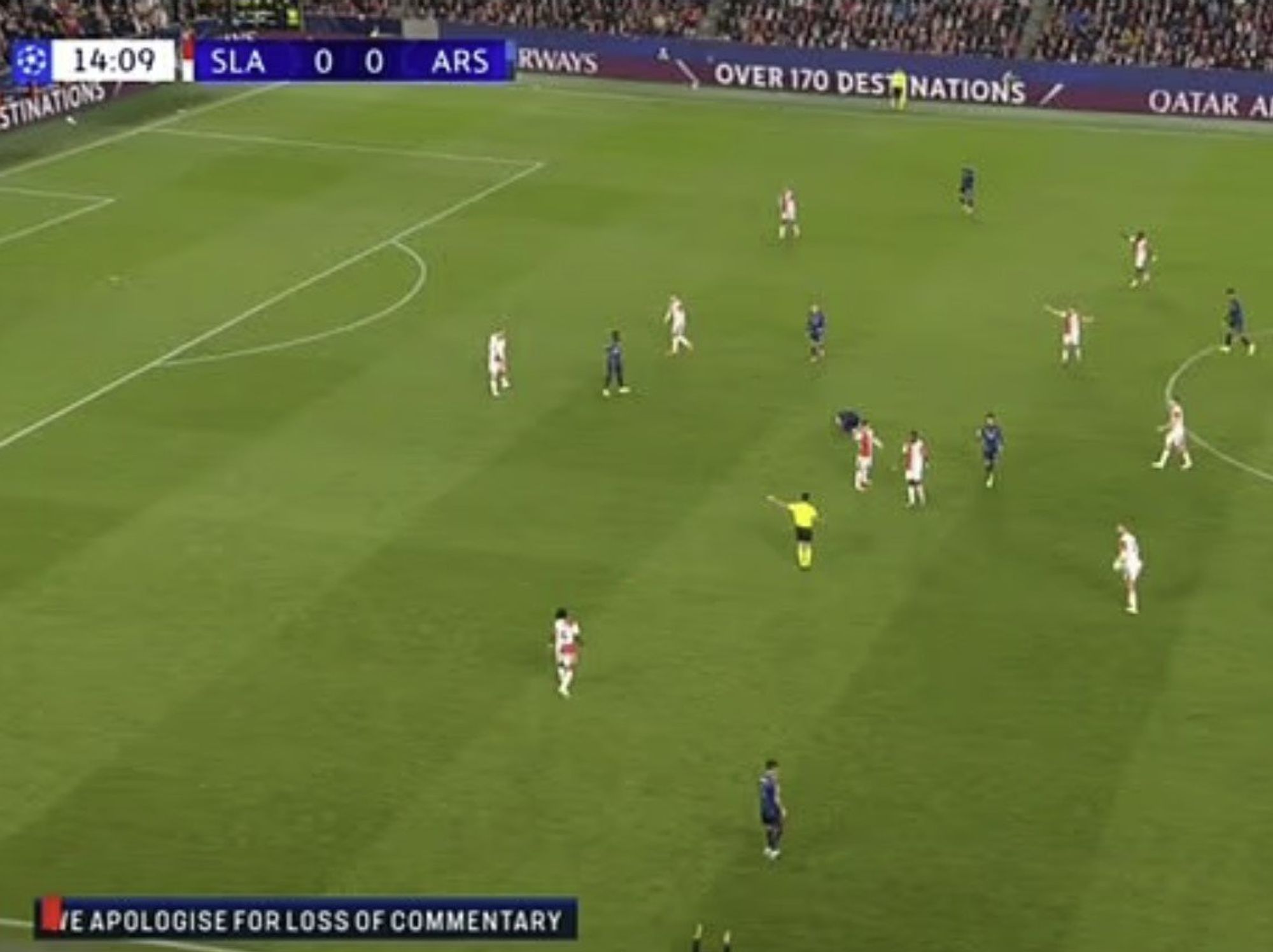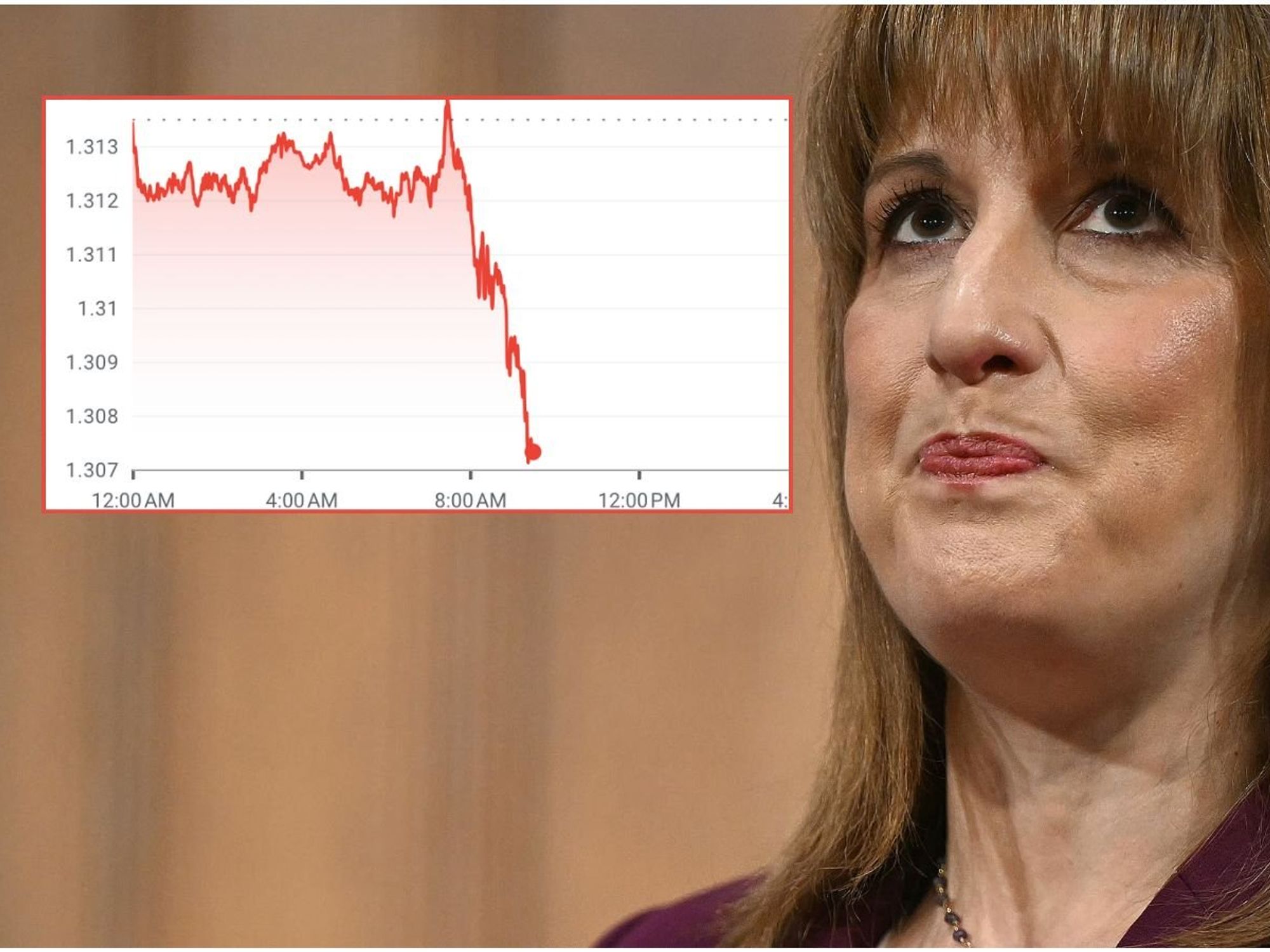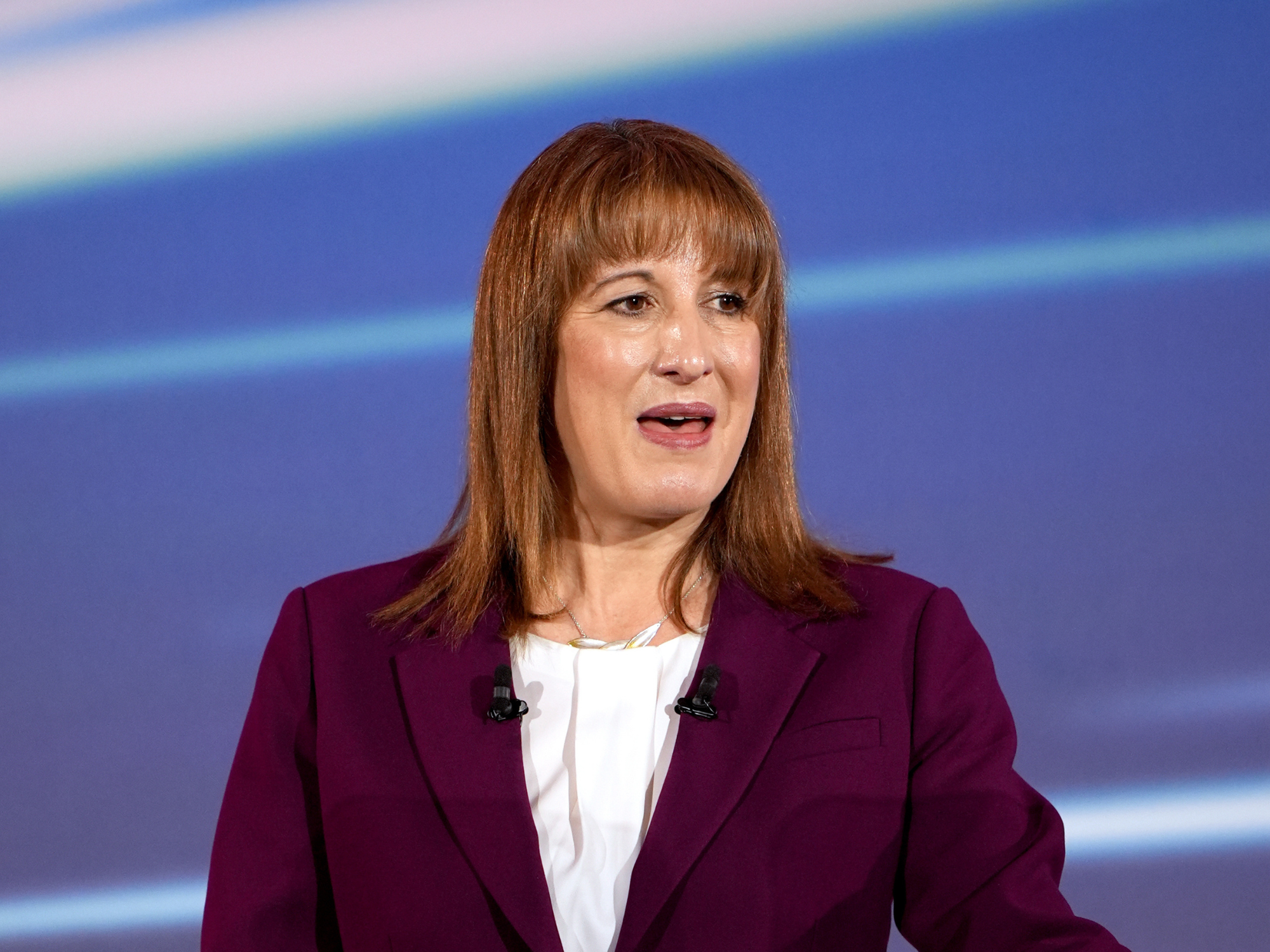Angela Rayner plots to 'dial up the pain' by pushing six million workers into top income tax bracket

The Deputy Prime Minister told Rachel Reeves to extend the threshold freeze risking a huge rise in high-rate taxpayers
Don't Miss
Most Read
Latest
Angela Rayner has proposed extending the freeze on the 45p additional rate income tax threshold beyond 2028, a move that would force one in six workers to pay the highest rate of income tax.
Analysis shows the Deputy Prime Minister's plan would drag an extra six million earners into the top tax bracket by 2032-33, as revealed in a secret memo to Chancellor Rachel Reeves.
Currently, around 1.13 million people pay the additional rate of income tax, representing just one in 33 earners. This figure is already expected to rise to 2.53 million by 2027-28 when the current income tax threshold freeze is due to end.
Keeping the threshold frozen at £125,140 for a further five years would push the number of people paying the highest rate up to 8.66 million, according to figures from wealth manager Quilter seen by The Telegraph.
This represents a significant shift in Britain's tax system, with around one in six earners (17 per cent) falling into the top tax bracket, compared to just one in 33 (three per cent) today.
The additional rate threshold was initially frozen at £150,000 before being reduced to £125,140 in 2023.
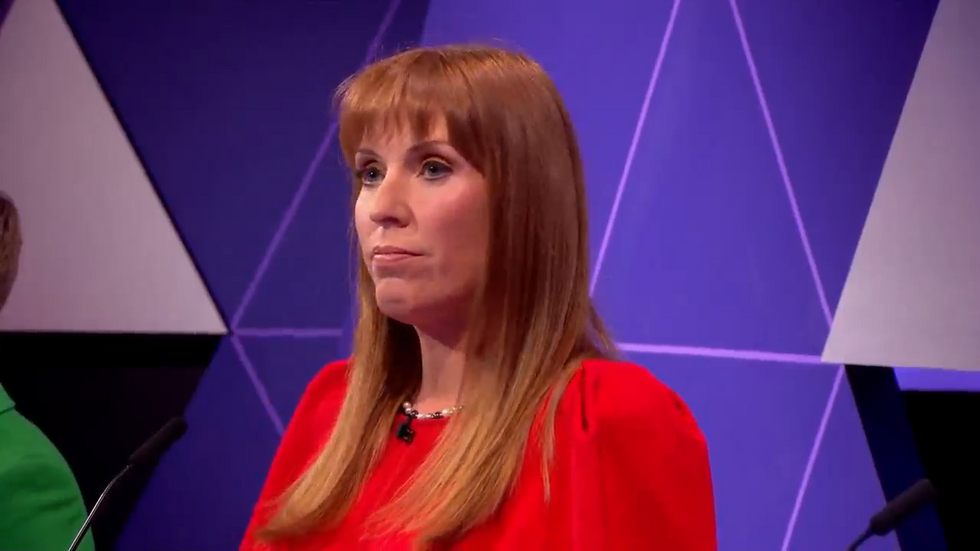
Labour has maintained its pledge not to raise income tax rates while allowing fiscal drag to push more earners into higher brackets
| BBCLabour has maintained its pledge not to raise income tax rates while allowing fiscal drag to push more earners into higher brackets.
In the memo sent to the Chancellor in mid-March, Rayner wrote: "Continuing to freeze the additional rate threshold in cash terms rather than uprating it with inflation from April 2028 could raise revenue and be consistent with the manifesto."
The proposal was one of eight suggested tax rises pushing for a fresh tax raid on earners and savers ahead of the Budget.
According to Quilter, the policy would raise £1.83bn in 2029-30, rising to £2.03bn by 2033-34. The document presents a direct challenge to the Chancellor's approach of using spending cuts rather than tax rises to fill a hole in the nation's finances.
 Now, Rayner’s proposal to bring back the LTA has reignited fears of hefty tax charges while saving and again when passing wealth to their families. | GETTY
Now, Rayner’s proposal to bring back the LTA has reignited fears of hefty tax charges while saving and again when passing wealth to their families. | GETTYThe 45 per cent "additional rate" of income tax was originally designed to target the very wealthy when introduced in 2010, applying to those earning £150,000 or more – equivalent to £231,000 today. When first introduced, just 0.75 per cent of all taxpayers fell into this bracket.
Similar patterns can be seen with other taxes originally aimed at the wealthy. Inheritance tax allowances have been frozen since 2010 despite soaring house prices.
HMRC data revealed that the number of people aged 65 and over paying the top rate of tax more than tripled from 44,000 in 2021-22 to an estimated 137,000 in 2025-26.
Jason Hollands, of wealth manager Evelyn Partners, described freezing thresholds as a form of "slow, painful financial torture", and "little more than a disguised tax rise".
He added: "Were the Government to adopt Angela Rayner's proposal to push out the freeze on the threshold for additional rate tax, this would seriously dial up the pain, especially if inflation proves sticky and wages continue to rise in nominal terms to address this."
The policy would particularly impact professionals in London and the Southeast, including headteachers, IT professionals and doctors, according to Hollands.
Shaun Moore, of Quilter, said the huge rise in earners paying the top rate would represent a "seismic shift" in Britain's tax system.
Rayner's memo contained several other tax rise suggestions, including reinstating the pensions lifetime allowance, changing dividend taxes and restricting access to the state pension for newly arrived immigrants.

Left-wing Labour MPs have called for the Prime Minister to go further and abandon planned welfare cuts altogether
| GETTYThe Chancellor did not adopt any of these ideas in the Spring Statement on March 26, instead supporting welfare cuts expected to save £5bn annually.
The document has highlighted tensions within the Cabinet, with Sir Keir Starmer recently reversing a decision to restrict winter fuel payments following pressure from Labour backbenchers.
Left-wing Labour MPs have called for the Prime Minister to go further and abandon planned welfare cuts altogether.
More From GB News


